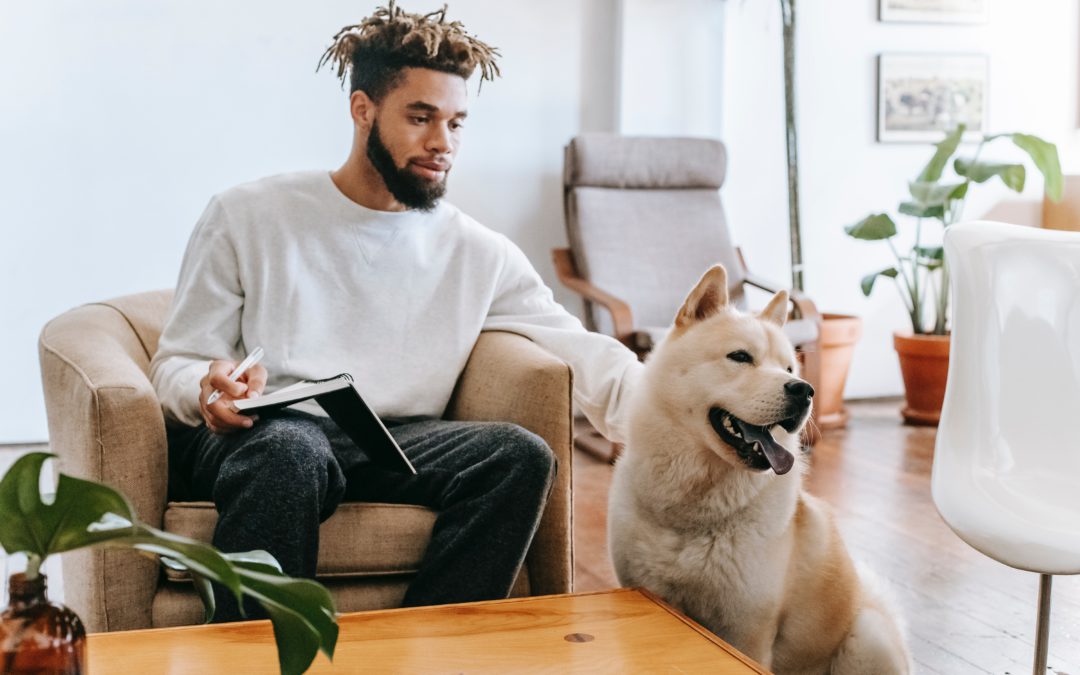Are you ready to save more lives? If you answered yes, keep reading.
Having biases within your organization excludes people. Excluding people limits your life-saving capabilities. With 2020 in the past, there is no better time to take a deeper look into your rescue’s systems and evaluate how you can reduce biases to save more lives.
My hope is that this will encourage YOU to make a change to not only help the people in your community but to also open up the opportunity to save more lives.
Are you ready? If yes, keep going as we layout things you can do to reduce biases within your own rescue organization.
1. Evaluate your current operating systems and the community you serve.
Take a step back and take time to really understand how your rescue is operating today. Take a deep dive into how your organization started and what it has evolved into. You should understand who your rescue is and how it is operating today you should also understand the community you serve.
- What is your mission?
- Are your practices aligned with your mission?
- Who is the community you serve?
- What does your community look like?
- Where are the animal coming from?
- What does your foster network look like?
- What does your board of directors look like?
- Are your team members reflective of the community you are serving?
Understanding where you are is the first step. If some of the answers to these questions do not align with your mission, that’s ok, just keep reading. There are things you can do to make a change for the better!
2. Listen to and change the words you are using.
The words we are so used to using can create a bias against people who look different or come from a different walk of life. Saying things like, we don’t go to “that side of town” or “that dog came from the ghetto” is detrimental to creating progress in our diversity, equity, and inclusion efforts. It will take making a conscious effort and committing to changing how we speak to each and every person within our animal welfare community.
3. Make a change to your applications.
We’ve all seen them, or maybe we have been the ones to make them, the incredibly long and nit-picky application. It’s time to ask, are your applications hindering or helping? These forms should be used as a way for someone to contact your shelter or rescue, not as a way to bar them from trying to help an animal. Is there a reason you can’t adopt to a renter, or to someone without a yard if they are able to provide a loving and safe home for that animal? If your applications ask questions that discriminate by race or socioeconomic status, they need to change. Does it matter if someone feeds high-end food over off-brand, the answer is no. We should be asking ourselves if these potential adopters or fosters can provide a safe home where the animal’s needs will be met. If the answer is yes, let’s help them become the best pet owners possible.
4. Expand your community reach.
We are going to encourage you to step out of your safe and familiar social bubble. Take a leap and reach out to people in your community that you may have never thought to approach. Visit community centers across town. Call on different professional organizations. Find more adopters, fosters, and volunteers that match the makeup of your community as a whole. The more places you go, the more people you meet, and the more bodies you have to help you on your mission to save animals.
5. Be a change agent.
You’ve made it this far, why stop here? Engage with other rescues and shelters in your community to work together to end the systemic racism within the animal welfare industry. Attend diversity and inclusion workshops. Tell other rescue or shelter organizations what you have done to help end racism. Let’s come together and build an inclusive community, welcoming all animal lovers for the sake of saving as many lives as possible.
Change can be hard, but admitting we have been doing things the wrong way can be even harder. It takes being able to say things are not right to be able to start changing for the better. Staying stagnant in our current practices is not an option anymore. Let’s come together to make the world a better place for the animals we so dearly love and for the humans doing everything they can to give them the best life possible!
Together we can make a change. Together we can save lives.
